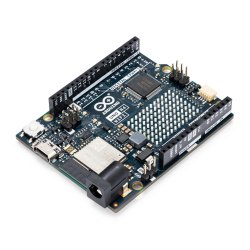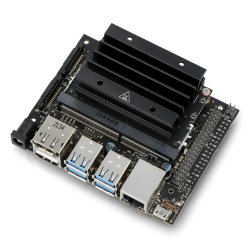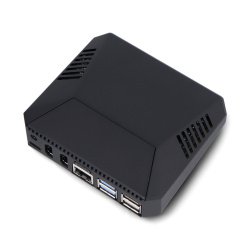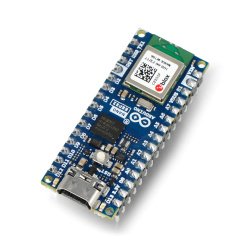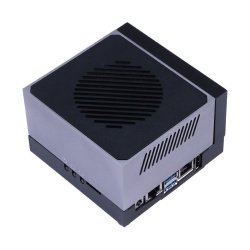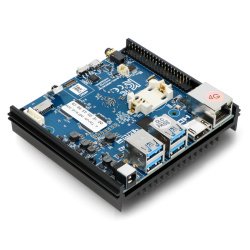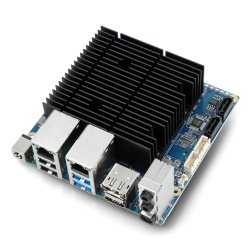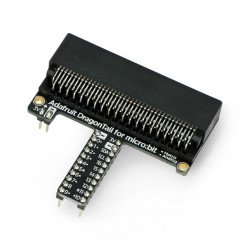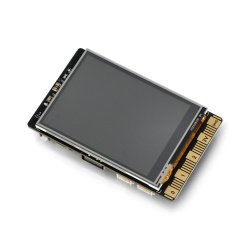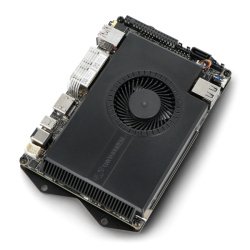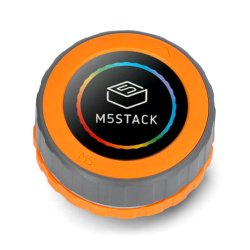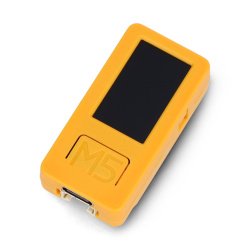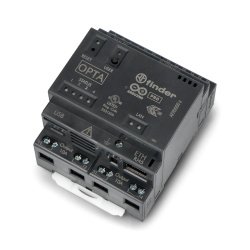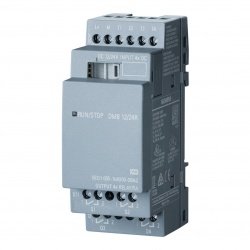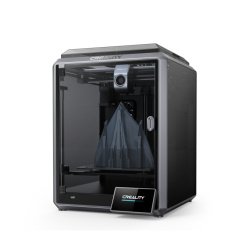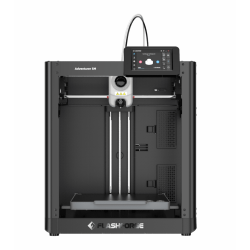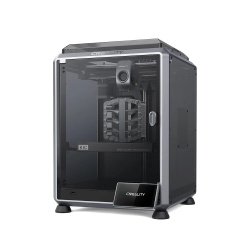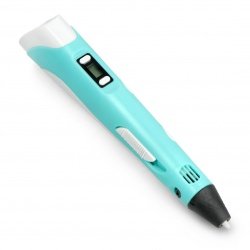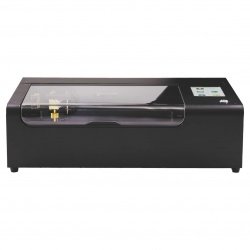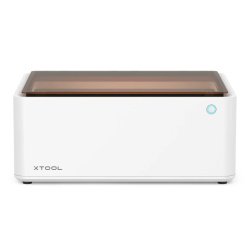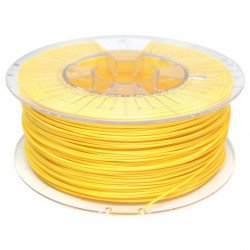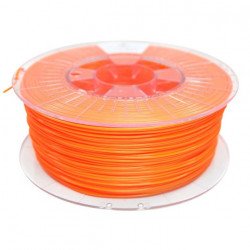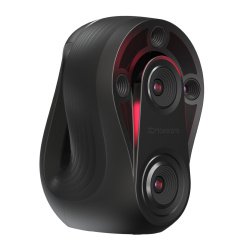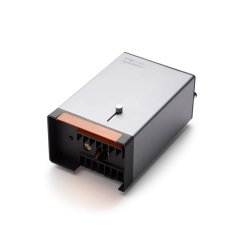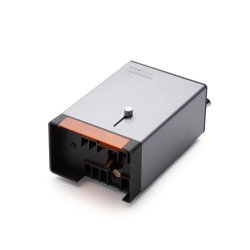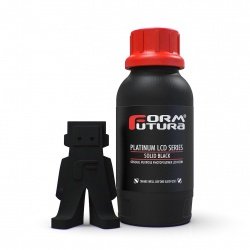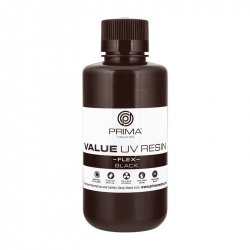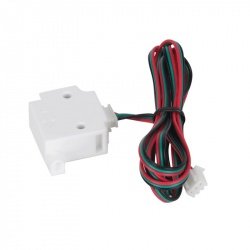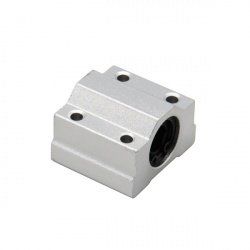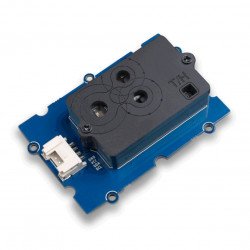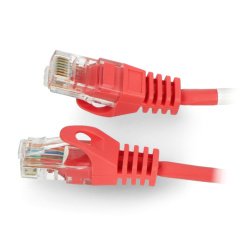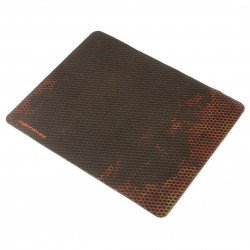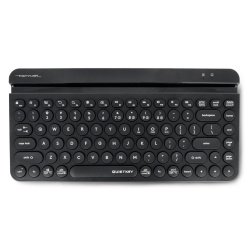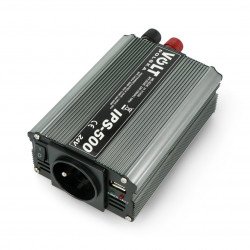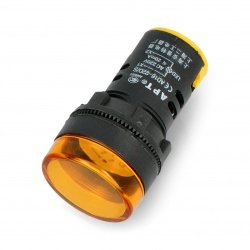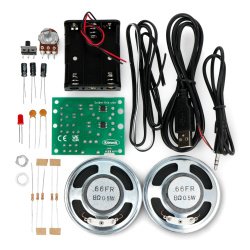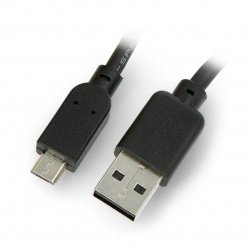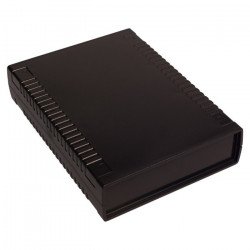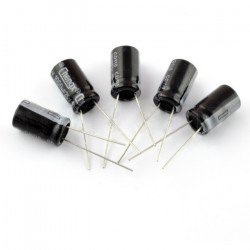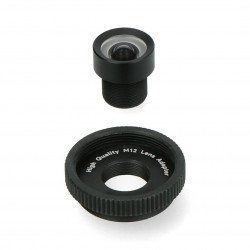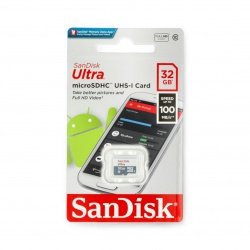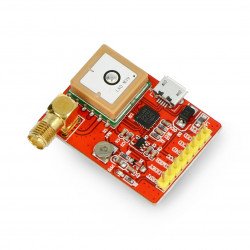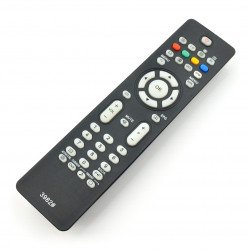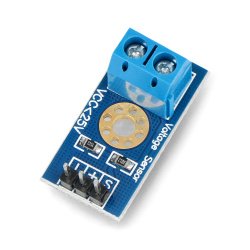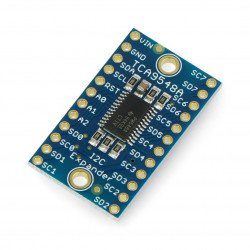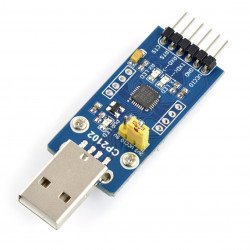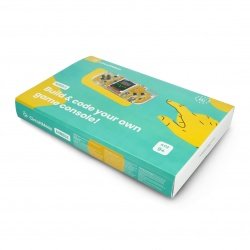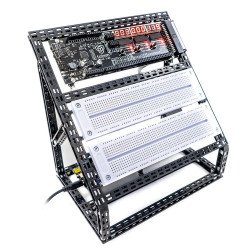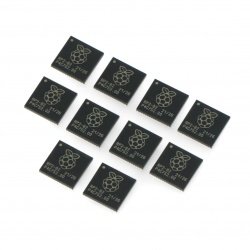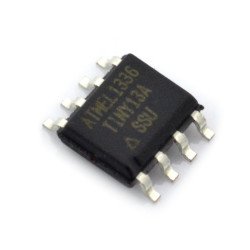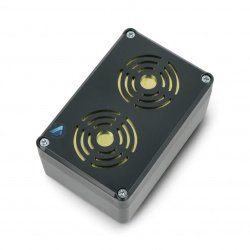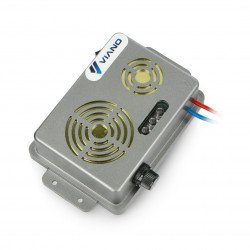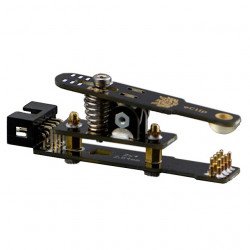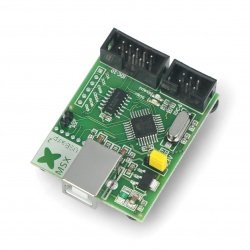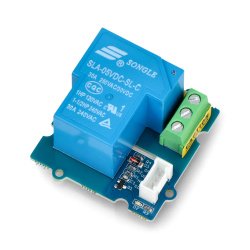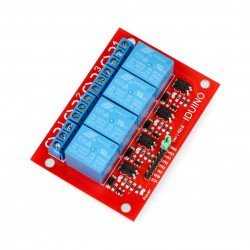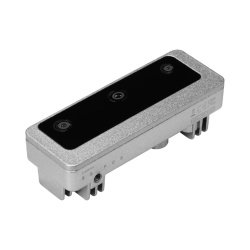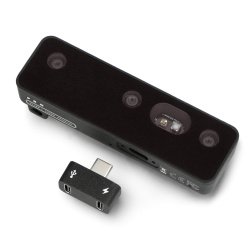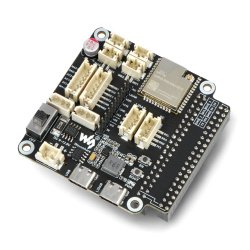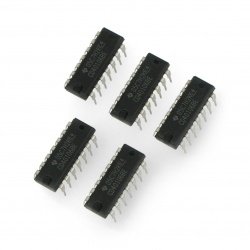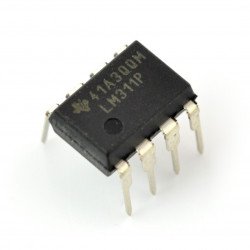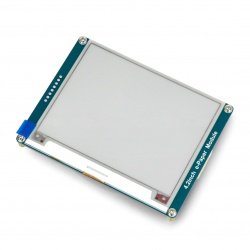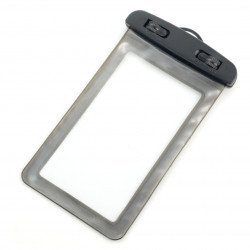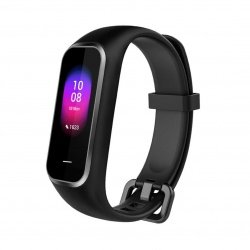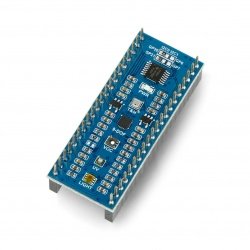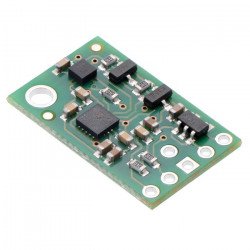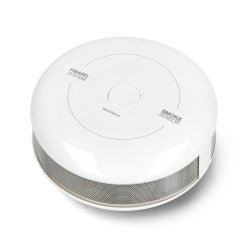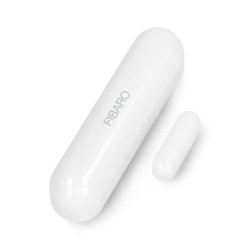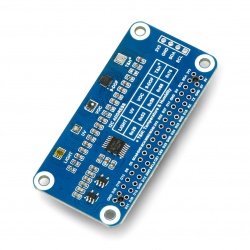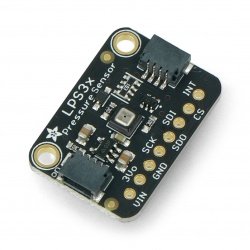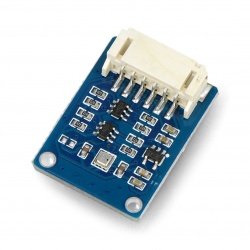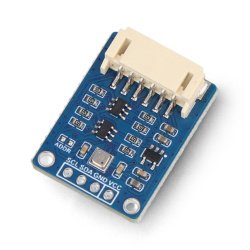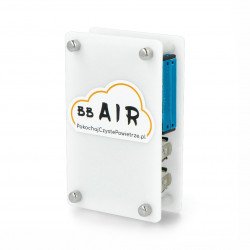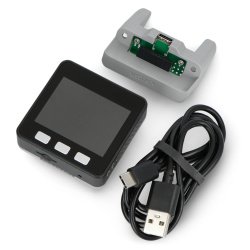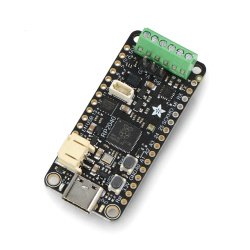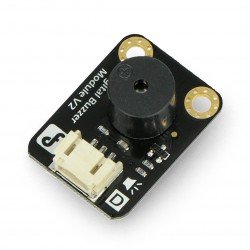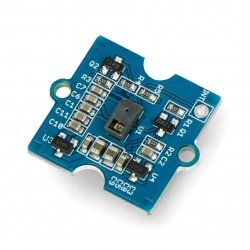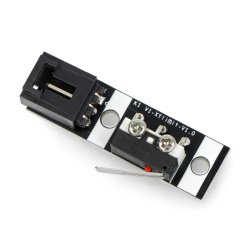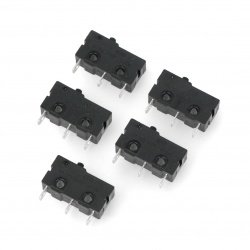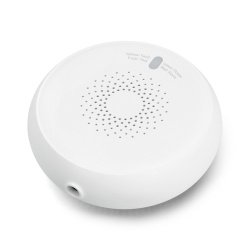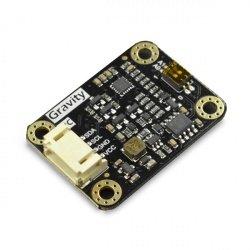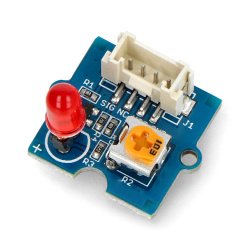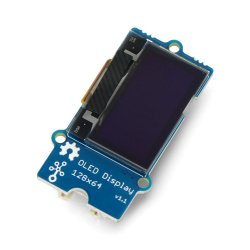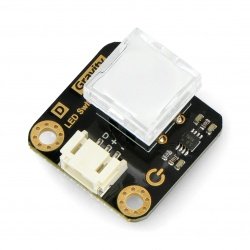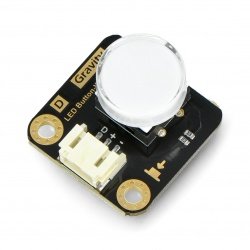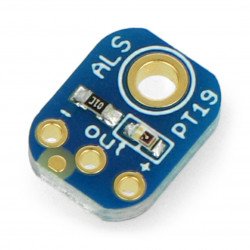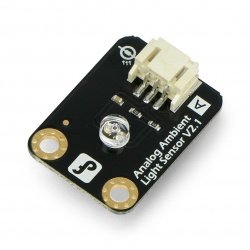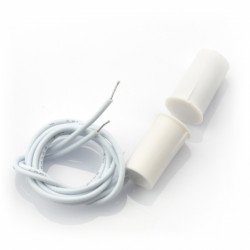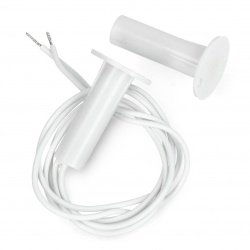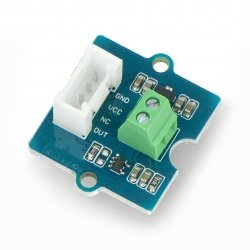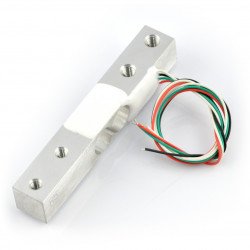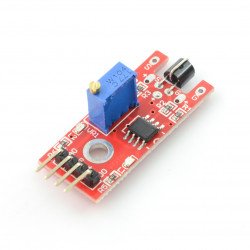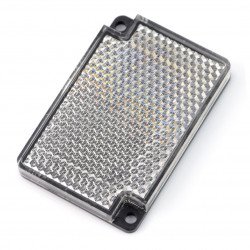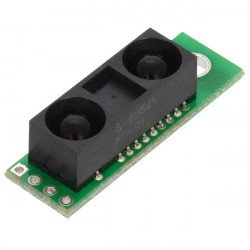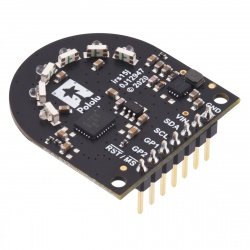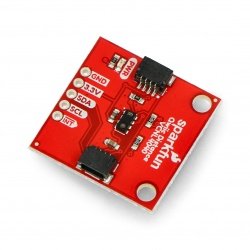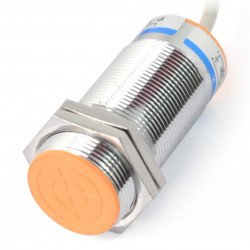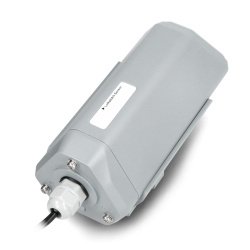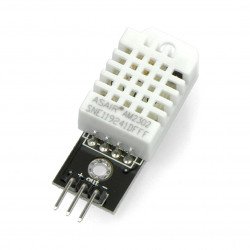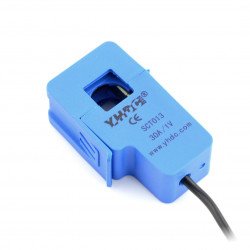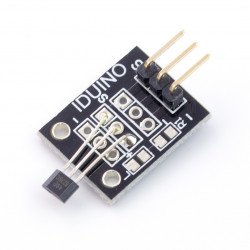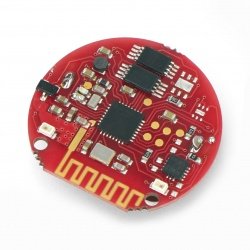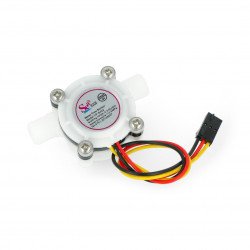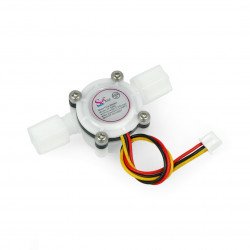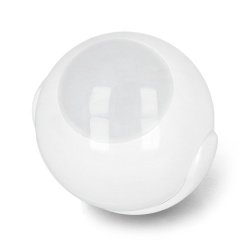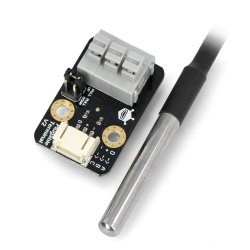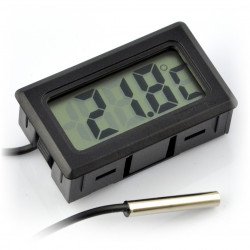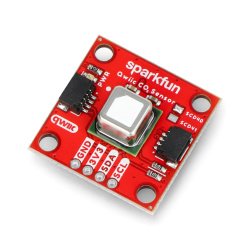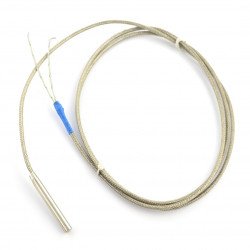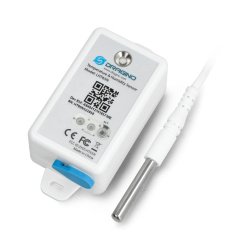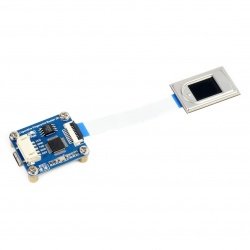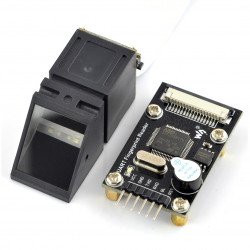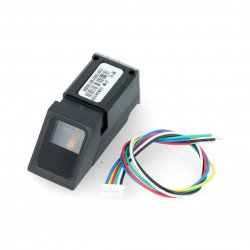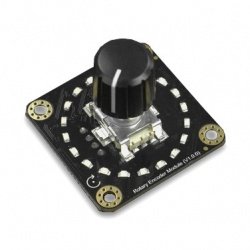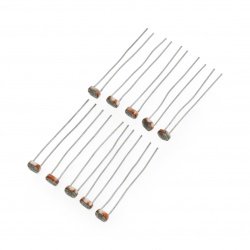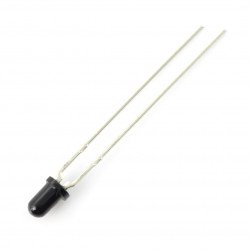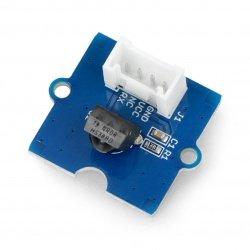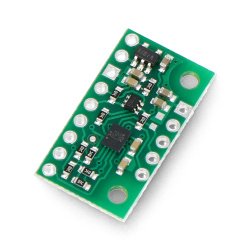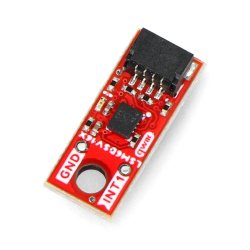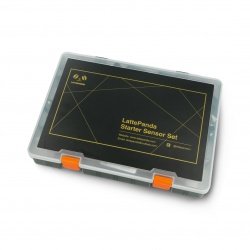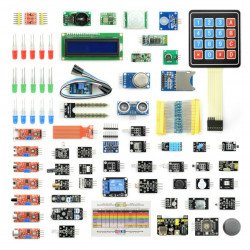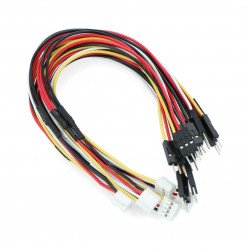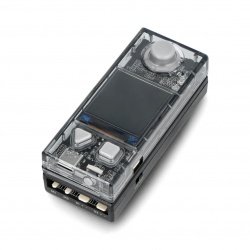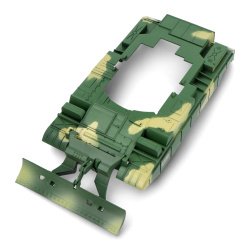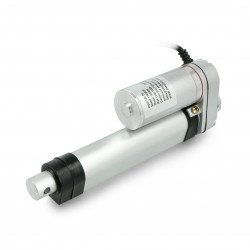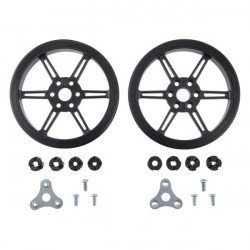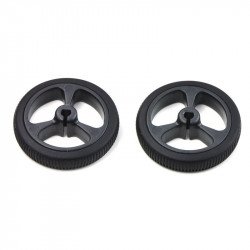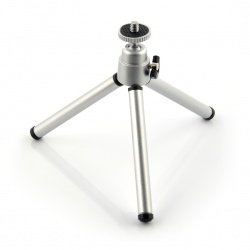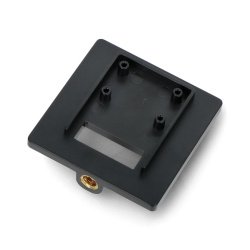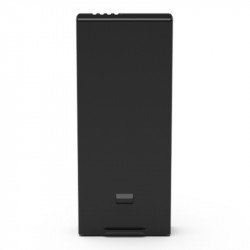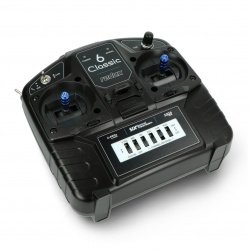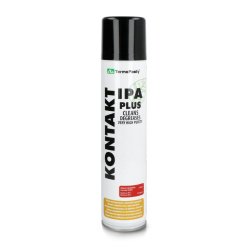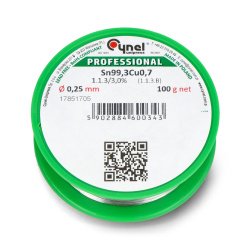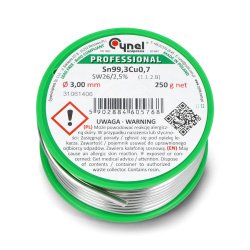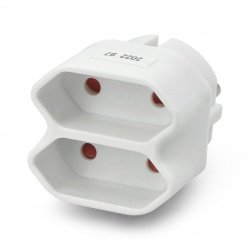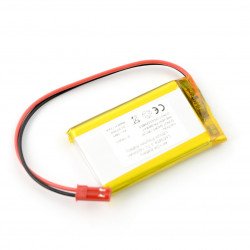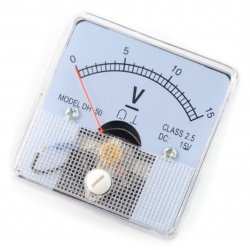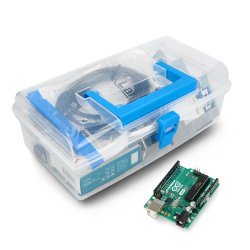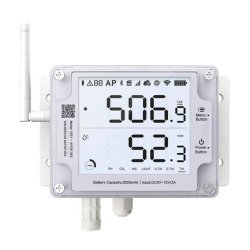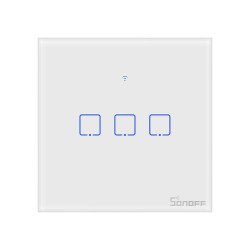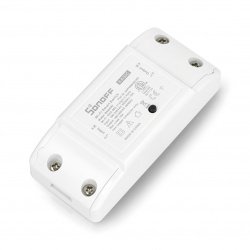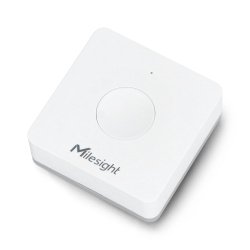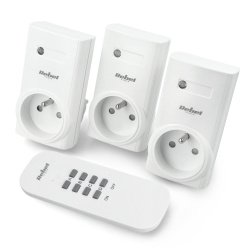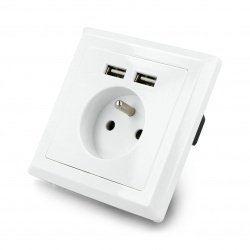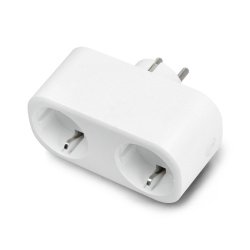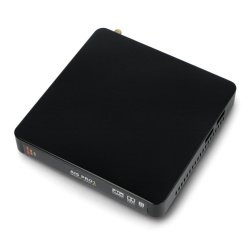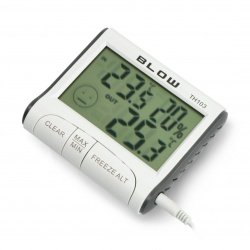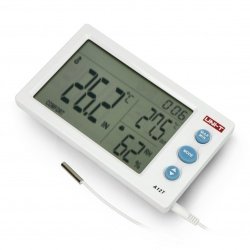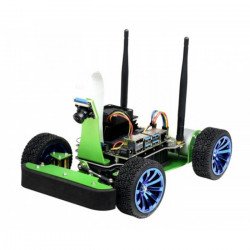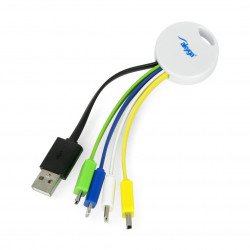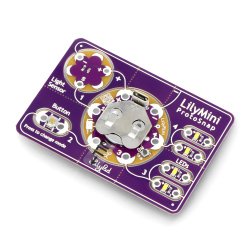Information on safe use,
handling and storage of lithium-polymer batteries
Information on safe use, handling and storage of Lithium-Polymer batteries
Thank you very much for purchasing a lithium-polymer battery in our shop.
For the sake of safety of use and care for the proper use of the package potential, we kindly ask you to read this manual.
The battery you are holding in your hand is a portable power source manufactured for modeling purposes, used to power remote-controlled models. It should work with a suitable regulator (capable of handling the voltage and current generated by the battery) as well as with a motor (which, according to its current specification, does not require current exceeding the capacity of the battery).
The current capacity of a LiPo battery can be determined by multiplying the index "C" by the battery capacity indicated in Ah.
For example: Battery 2200 mAh (2.2Ah), 11.1V 30C
Calculation of current capacity: 2,2Ah x 30C = 66A
So make sure that the motor running in the model does not draw more than approx. Make sure that the motor running on the model does not draw more than approx. 60 (max. 66 A), otherwise it may overload the battery.
A battery consists of one or more interconnected cells (cells).
The voltage range of one cell is 2.75 V - 4.20 V
For safety reasons, it is not recommended to discharge the battery below 3.00 V per cell.
The recommended voltage for long-term storage of batteries is 3.7 V - 3.8 V per cell.
Operating instructions
It is essential that you read these operating instructions before you start working. Improper use of the lithium-polymer package may cause irretrievable damage or may adversely affect the capacity and current properties of the battery. The manufacturer and distributor are not responsible for accidents caused by improper use of the package.
In case the user is not sure how to handle the battery or has doubts about its operation, he should withdraw from the battery and consult the dealer.
General information:
- The battery is charged to 50% of its capacity at the factory. However, it is recommended to carry out a full cycle of discharging and fully charged battery before first use, preferably using a professional microprocessor charger.
- For safety reasons and to ensure the highest quality of the product sold, lithium-polymer batteries have been checked for proper operation before delivery to the customer, as evidenced by a dated inspection sticker. This action is also performed to exclude any possibility of selling a package with a factory defect (any possible factory defects of a LiPol battery are visible immediately after activation of the package, i.e. already during its first use). This ensures that the package sold is free from defects and its proper operation has been confirmed by an appropriate test.
- Any symptoms of package damage (deformation, excessive heating, electrolyte leakage and even ignition or explosion) that occur during storage, charging, discharging or operation of the package will be the result of either mechanical damage of the package or its incorrect operation - this is directly from the chemical specification of Li-Pol packages, showing the defect immediately and immediately after its cause.
- Battery operating environment:
- during charging: from 0 °C to 45 °C
- during discharge: from -20 °C to 60 °C
- during storage for 30 days: from 5 °C to 50 °C (at 50 % capacity)
- Properly stored and used Lithium-Polymer package is completely safe for the user. Potential hazards (change of package shape, electrolyte leakage and in extreme cases even ignition or explosion) can only be the result of user's mistakes or cooperation with a faulty device (faulty charger, faulty regulator, etc.), which results directly from the physical and chemical specifications of Li-Pol packages. It is therefore very important to strictly follow the rules of use and warnings contained in this manual.
- One of the frequent symptoms of improper handling of a LiPo package is its deformation manifested by "swelling", i.e. a significant increase in its volume. The package in this form should be qualified as irretrievably damaged and must be disposed of. It is absolutely forbidden to try to reuse or regenerate the deformed package, as this can have serious consequences for the user's health.
- Damaged or used lithium-polymer packets should be chemically neutralised by placing them for about 24 hours in a solution of water with salt, completely immersed (together with cables). After neutralization, the package should be returned to a disposal point, a collection point for used batteries or to the shop where the battery was purchased.
- The charger will never be able to charge the battery to its full capacity. The amount of current charged by the charger (measured in mAh) will always be slightly lower than the capacity of the battery indicated on its package/sticker. This is due to the fact that a certain amount of energy is stored in the battery which cannot be discharged (contained in the range from 0 to 2.75V). As the battery should never be discharged below 2.75V/cell - the amount of energy stored in this range is not available to the user.
Operation:
- Do not modify or disarm the battery yourself. This will lead to irreparable damage to the battery or may cause dangerous consequences (ignition, explosion).
- Do not short-circuit the two battery poles (+) and (-).
- Always remember to connect the terminals (+) and (-) correctly, according to their intended use: the cable with positive polarity (red "+") should be connected to the positive port in the regulator or charger (also marked "+"). The black cable (negative polarity) should be connected to the negative port in the charger (marked with "-").
- Avoid contact with water or other liquids in any form. Moist surface of cables may result in inaccurate charge/discharge, and cells may be damaged or changed in their properties if they come into contact with water for an extended period of time.
- A lithium-polymer battery is very sensitive to mechanical damage. Special care should therefore be taken to properly secure the package both during storage and during use. Do not drop, puncture, throw, expose to strong shocks, puncture, hit hard objects and do not stand on the package with your foot. Mechanical damage to the battery pack will in virtually all cases result in irreparable damage to the pack and unforeseen, potentially hazardous side effects. Do not transport or store the package in an environment of sharp, especially metal objects such as knives, hair clips or pens. This may cause the two poles of the package to short circuit, leading to irreparable damage to the package.
- Do not dispose of batteries in a fire, do not heat, do not expose to very high or very low temperatures.
- Do not use the package for other applications than those described in the manual. Misuse will result in immediate voiding of the warranty and possible damage or alteration to an unfavorable package.
- Do not mix lithium batteries to operate in one circuit with other capacity Li-Pol cells, other manufacturer, other voltages or other types of batteries such as NiCD or NiMH.
- In the model, the battery should be located as far away from the hot motor or speed controller as possible.
Charging and discharging:
- Always use an efficient, good quality charger suitable for charging lithium-polymer batteries to charge and discharge LiPo batteries. Faulty or unreliable chargers may alter the electrical properties of the package or even damage it irreparably in extreme cases. Ask your dealer for assistance in selecting a charger. Always read and follow the instructions for the charger in use very carefully.
- A chargedbattery pack should be placed on a non-combustible, heat-resistant and electrically non-conductive material. Also remove any flammable material such as paper or leaves from the immediate vicinity of the package. A charged battery pack should ALWAYS be under direct adult supervision. Do not leave a charged battery unattended, in the company of children or persons not familiar with lithium polymer batteries.
- Do not charge or discharge the battery in a place where it is exposed to high temperatures, e.g. under a car window, in the air in strong sunlight or near heating devices.
- Do not overcharge lithium-polymer batteries above 4.2 V per cell. Setting the charger parameters to charge above this value may cause irreparable damage to the package.
- Do not discharge the battery below the so-called "lower threshold value", i.e. 2.75 V per cell. Below this value, the battery will be irreparably damaged. To avoid this, always use good quality, efficient regulators and never leave the battery connected (in a closed electrical circuit) to the regulator or charger for an extended period of time (e.g. several hours) while it is inactive (no charging, discharging or working with the regulator). The best way to avoid such a situation is to disconnect the package every time it is not in use (when the charging, discharging process has finished or the package is not currently working on the model). After discharging the battery in the model, it is recommended to charge it in STORAGE mode to min. 3.7 V per cell - the battery stored in this way will retain its properties and will not be exposed to voltage losses caused by environmental factors. Long-term storage of a fully discharged battery is very unfavourable for it and may result in loss of current properties or even irretrievable damage.
- When the charger signals the end of the charging process, disconnect it from the charger immediately. Do not leave it connected to the charger, even if the charging process is complete. A fully charged Li-Pol battery pack should be installed in the model immediately to use the energy stored in it. Long-term storage of a fully charged battery is very unfavorable for it and may result in loss of current properties or even irretrievable damage.
- To keep the voltages of the individual cells in the package even, it is recommended to use a cell balancer at least once every three charges. It is very important to keep the voltages even on each of the cells in the package - it has a positive effect on the life of the package and its current properties.
- Do not connect the battery directly to a 230 V power outlet or a 12 V cigarette lighter output - this can cause a severe short circuit and result in irreparable damage to the package.
Storage:
- Do not store the battery in a place where it will be exposed to high temperatures, e.g. under the car window, in the air in strong sunlight or near heating devices. Do not store batteries next to microwave ovens, stoves, radiators, gas stoves and other heat or radiation sources.
- Store and use the battery out of the reach of children. Also during operation/charging/discharging make sure that no one can come into contact with the battery by unauthorized persons.
- If the user does not intend to use the Li-Pol package for a longer period of time (2 weeks and more), make sure that it contains between 50 and 75% of the accumulated energy. Each unused package should be current-checked and a full charging cycle should be performed at least once every 6 months. Many microprocessor-based chargers have a built-in "Storage" program that charges the battery to such a level of stored energy (typically about 3.7-3.8 V/cell) that it can be stored for up to 6 months without use. After 6 months, it is recommended to periodically check the battery charge level and recharge it in Storage mode if necessary.

Safety information:
- The lithium-polymer battery is not a toy, and its use requires knowledge of the instructions in this manual. It is not recommended that the battery be operated by minors without the direct supervision of an adult who is familiar with the battery usage rules.
- If the electrolyte contained in the battery comes into contact with the eyes, rinse them immediately with clean water and contact a doctor. In case of contact with skin or clothing, also rinse the place with plenty of clean water - otherwise local discoloration may occur.
- If you notice or smell a burning smell, a change in the color/shaped of the battery, deformation or excessive heat or any other sign of doubt, stop using the battery immediately and consult the model shop where you purchased the battery. A damaged or deformed package should be disposed of.
- If liquid electrolyte or a strong smell of burning escapes from the battery, secure the battery immediately and remove it from any flammable material.


